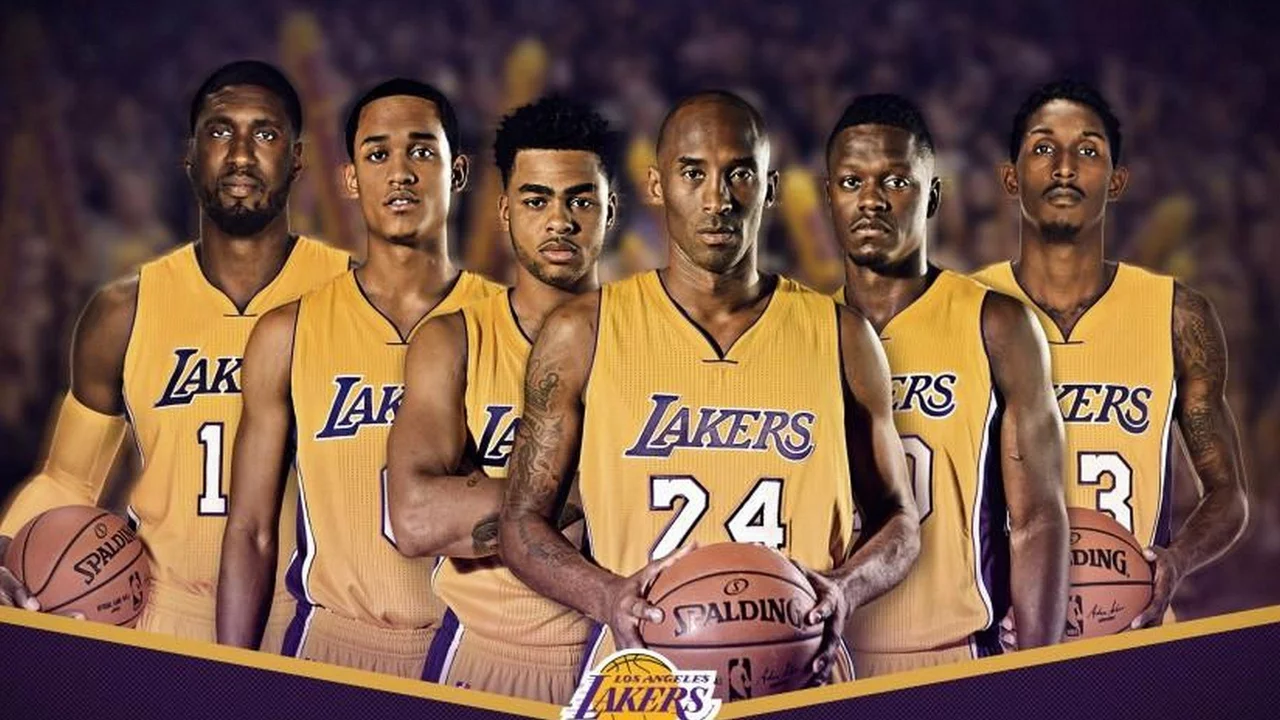Basketball History: From Inception to Today
When talking about basketball history, the story of the game from its 1891 invention to the global phenomenon it is now. Also known as the evolution of basketball, it intertwines with basketball, the sport played on courts worldwide, the rise of the NBA, the premier professional league in the United States, and the legacy captured in the Hall of Fame, the institution honoring the game's greatest contributors. Understanding this timeline helps you see why classic rule changes still shape today’s plays.
Basketball history encompasses the early days when James Naismith designed 13 basic rules for indoor recreation at a YMCA. Those simple guidelines—like “no running with the ball” and “shooting with hands”—formed the backbone of the game. Over the next decade, the sport spread across schools and colleges, creating a culture of competition that set the stage for organized leagues. Knowing these origins is crucial; without them, modern tactics would lack context.
The professional era kicked off with the formation of the Basketball Association of America (BAA) in 1946, which merged with the National Basketball League to become the NBA in 1949. NBA influences modern basketball history by setting performance standards, media exposure, and global outreach. When the league introduced the shot clock in 1954, it forced faster play and higher scoring—a change that still dictates strategy today. Likewise, the 1976 ABA–NBA merger injected the three‑point line, reshaping offensive concepts across every level.
Women's basketball history runs parallel but often under‑reported. In 1892, Senda Berenson adapted Naismith’s rules for women’s college teams, sparking the growth of female leagues. Title IX in 1972 dramatically boosted participation, leading to the formation of the WNBA in 1996. Today, the women’s game showcases skill sets that influence coaching methods, rule discussions, and fan engagement across the sport.
Rule evolution is a constant thread in basketball history. From the introduction of the 24‑second shot clock to recent adjustments like the defensive three‑second rule, each change aims to balance offense and defense, enhance spectator appeal, and improve player safety. Equipment upgrades—such as the switch from leather to synthetic basketballs—also reflect technological progress and affect gameplay speed.
The Hall of Fame serves as a repository for basketball history’s most impactful figures. Legends like Phil Jackson, who holds the record for most championships as a coach, illustrate how leadership and strategy evolve over decades. Players inducted for groundbreaking contributions—whether through scoring feats, defensive mastery, or cultural influence—offer case studies that help fans and analysts understand the sport’s growth.
Below, you’ll find a curated collection of articles that dive deeper into these topics. Whether you’re curious about early rule changes, the NBA’s role in shaping the modern game, or the rise of women’s basketball, the posts ahead provide insights and stories that bring basketball history to life.
Why are there two NBA teams in Los Angeles?
Los Angeles is home to two NBA teams, the Lakers and the Clippers, largely due to the city's massive population and rich basketball history. The Lakers moved to LA from Minneapolis in 1960, capitalizing on the growing entertainment industry. The Clippers, originally the Buffalo Braves, relocated to LA in 1984 seeking the same market success. The dual existence has sparked a city-wide rivalry, adding to the excitement and fan engagement. So, the sheer size and love of basketball in LA makes it a viable city for two NBA teams.
